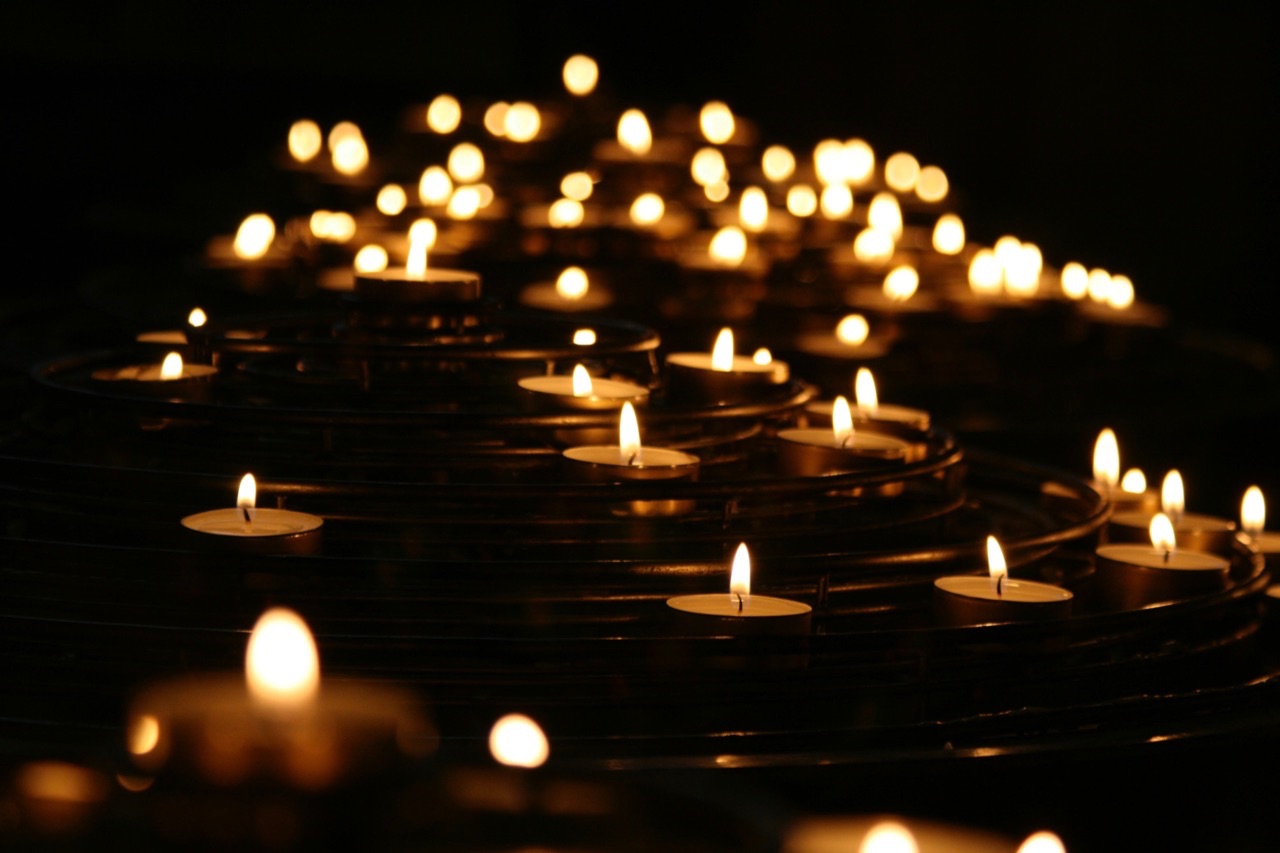Editor’s note: on Saturday, 26 March 2022, Internet Society Board of Trustees Chair Ted Hardie began Board meeting 163 with the following personal statement. A video recording is at the end of this post.
It is somewhat unusual to begin one of our meetings with an opening statement by the chair, rather than the usual welcome. These are, however, not usual times, and I believe I would be remiss if I did not address the current situation directly, as it has direct impacts on the Internet, our colleagues, and our way forward.
First, I am humbled by the work of the women and men of Ukraine who have labored to keep their people connected despite savage bombardment and relentless attack. Their success has been remarkable, earning them their government’s recognition as “invisible heroes.” The Internet’s roll of honor has many luminaries, but few deserve their place upon it as much as they do, despite the fact we may never know their names.
Second, my heart goes out to the members of the Internet Society chapter in Ukraine. When they joined the Internet Society community in October of last year, it was with the aim that we would work together to grow, mobilize, and engage our communities to build, promote and defend an Internet for everyone. We understand that their members will necessarily have other priorities now. But I look forward to the day when we can take the work up together again.
Lastly, I feel the need to respond to those who have called for a partition of the Internet in response to the crisis. The Internet Society’s guiding principle has for decades been that the Internet is for everyone. In this crisis, the need for that focus has never been more clear. In the run up to the invasion, the Internet shared photographic evidence of the build up and exposed empty promises of de-escalation. After the invasion, it has carried the heart-breaking images of the common people of Ukraine under attack and the stirring images of their response. It has carried the voice of President Zelenskyy across the globe to parliament after parliament, and it has coordinated the work of those helping refugees find shelter, find community, and find each other. From within Russia, it has carried the voices and images of those who have strenuously objected to the actions of their government. The brave actions of Marina Ovsyannikova were carried out on a live TV broadcast, but without the Internet’s ability to amplify the protest, it would have been lost in an instant. Similar actions by those documenting protests and responses have shown the world that many of the people of Russia want no part of war.
Partitioning the Internet closes off that traffic and loses us the opportunity to hear common voices. It is tempting in a moment of crisis to close off anything that you can, as a demonstration that you have done something. But this action empowers those who want the world to act in darkness and feeds the endless hunger of autocracy for control. Simply put, partition hands control to those who want their people to have no independent vision of current events or independent access to other voices. It will not silence governments; it will silence everyone else.
It is tempting as night falls to draw in and huddle in the darkness. But this is a moment for beacons and candlelight, for hearth-fires, and searchlights. We must keep the Internet whole to enable individuals to share with each other. We must enable the Internet for everyone so that the light of humanity and fire of truth can win out over the darkness.
My thanks to Andrew and to the staff who have made “defend the Internet” a core mission of the Society; my thanks to each of our members for their efforts as well. While some have called for the Internet Society to stand as a neutral provider of information, I believe we should be inspired by those unknown colleagues who have kept Ukraine connected; we should defend what we can and rebuild what we must.
We can then hand on this gift to the next generation whole and with the reaffirmed conviction that the Internet is for everyone.
Watch the video embedded below, or, if the video does not appear in your browser, view the video directly on Vimeo.
Related resources:

